Life
Sign up for our newsletter
We summarize the week's scientific breakthroughs every Thursday.
-
 Space
SpaceAll of the bases in DNA and RNA have now been found in meteorites
Scientists have detected adenine and guanine in meteorites for decades and seen hints of uracil. But cytosine and thymine had remained elusive.
By Liz Kruesi -
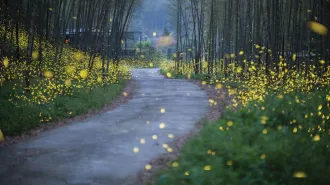 Animals
AnimalsWhy you should care about ‘The Insect Crisis’
A new book explains why insect populations are dwindling and why that’s a problem.
-
 Animals
AnimalsThese male spiders catapult away to avoid being cannibalized after sex
In a leap for survival, male Philoponella prominens spiders leverage hydraulic pressure to extend leg joints and fling themselves off hungry females.
-
 Life
Life‘The Last Days of the Dinosaurs’ tells a tale of destruction and recovery
A new book takes readers back in time to see how an asteroid strike and the dinosaur extinction shaped life on Earth.
By Sid Perkins -
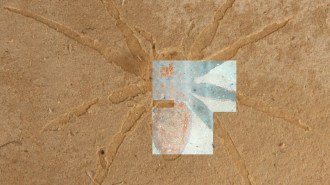 Paleontology
PaleontologyGlowing spider fossils may exist thanks to tiny algae’s goo
Analyzing 22-million-year-old spider fossils from France revealed that they were covered in a tarry black substance that fluoresces.
-
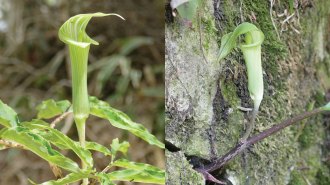 Plants
PlantsThese flowers lure pollinators to their deaths. There’s a new twist on how
Some jack-in-the-pulpit plants may use sex to lure pollinators. That's confusing for male fungus gnats — and deadly.
By Susan Milius -
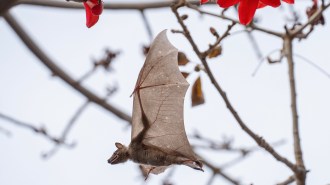 Animals
AnimalsMost bats don’t echolocate in broad daylight. Here’s an exception
Egyptian fruit bats in Tel Aviv regularly navigate by sound during midday hours to avoid obstacles and forage, despite their excellent vision.
-
 Science & Society
Science & Society‘Paradise Falls’ thrusts readers into the Love Canal disaster
‘Paradise Falls’ tells the story of the Love Canal environmental tragedy from the point of view of the people who lived near the former dump site.
-
 Life
LifeHow a mound-building bird shapes its Australian ecosystem
In Australia’s mallee woodlands, malleefowl dutifully construct mounds to incubate their eggs, redistributing nutrients across the landscape.
By Jake Buehler -
 Animals
AnimalsHow do we know what emotions animals feel?
Animal welfare researchers are studying the feelings and subjective experiences of horses, octopuses and more.
-
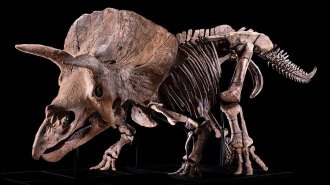 Paleontology
PaleontologyA hole in a Triceratops named Big John probably came from combat
The nature of the wound and signs of healing suggest that the dinosaur's bony frill was impaled by a Triceratops rival.
By Anna Gibbs -
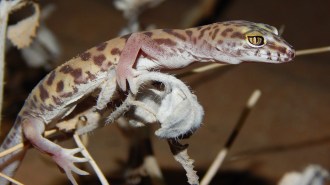 Animals
AnimalsHow a western banded gecko eats a scorpion
New high-speed video details how usually mild-mannered geckos shake and incapacitate their venomous prey.